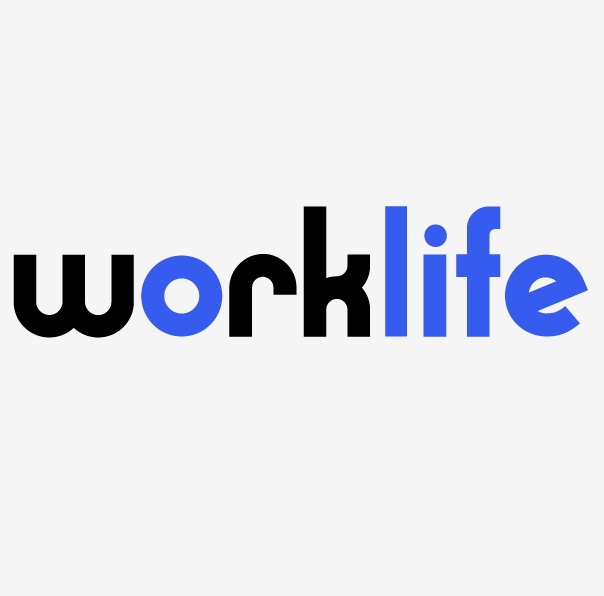
For decades, performance management, if it happened at all, consisted of an annual review, typically on a form with the 5 standard adjectives to check: Excellent, Good, Satisfactory, Fair and Poor. Managers and employees alike dreaded the process. Often the worst employees received a Satisfactory rating because it’s the easy way out–avoiding the need to explain in detail the basis for anything less, and the friction and corresponding bad attitude. That kind of “performance management” assured only two things: (1) continued poor performance and (2) no documentation to defend a termination. Then along came the Millennials and they demanded more.
Millennials told us they didn’t want just your father’s annual review, they wanted feedback. We said, feedback? I’ll give you some feedback…get back to work! But they just kept coming, more and more every year, and now there are roughly 56 million Millennials in the US workforce, the largest generation at about 35%. As a result, performance management has become more sophisticated, as the model has evolved into frequent, timely, candid feedback geared toward improving performance. Millennials want to know how they’re doing during and after a project. And it is tough to argue with the concept because it helps prevent repeated mistakes. It doesn’t help anyone to wait 12 months to tell an employee that they could have done something better 8 months ago. A recent OfficeTeam survey revealed that 51% of employers updated their PM process in the last 2 years, with 36% increasing the frequency of feedback. And large organizations have become obsessed with alignment, undoubtedly because their lawyers whine at them to ensure parity so we can defend discrimination lawsuits. We never whine…at least not at our clients.
Now that the Millennials’ little siblings have joined the workforce, the trend with Gen-Z has spawned software to tech-up the PM process. For example, one of the more popular programs boasts that, [T]hrough a lightweight weekly check-in, [the software] delivers everything a manager needs to impact employee performance, including continuous feedback, objectives tracking, recognition, 1-on-1s and 360 degree reviews. What??? Is it just us or does this sound like Mr. Spacely having Rosie follow George Jetson around all day critiquing his work?
And now, while everyone is diving in, the Harvard Business Review and MIT’s Sloan School of Management are draining the pool. In The Feedback Fallacy, HBR argues:
Feedback is about telling people what we think of their performance and how they should do it better…And on that, the research is clear: telling people what we think of their performance doesn’t help them thrive and excel, and telling people how we think they should improve actually hinders learning.
HBR’s theory, as painful as it is to hear, is that we humans are not reliable evaluators of other humans. This isn’t to suggest that these new data tools are any better, because what gets loaded into the software and spit out are still driven by the analysis of mere mortals like us. What it comes down to, according to the Feedback Fallacy, is that we are only capable of evaluating abstract abilities like presentation skills or business acumen through our own biased filters. In fact, we often tend to approve only of those who do it like we do or our feedback ends up driving an employee to do it like we do to get our approval. In that end, that creates a shop full of Mini-Me’s, or even more harmful, a PM process that stifles individual style and creativity. Let’s also remember that if we boring Boomers are teaching Millennials how to present, we may not understand what their target audience needs to hear in order to be effective. And cover up those damn tats before speaking in public.
The Sloan Management Review study helps sort out this push back on feedback. The gist is that we have been blurring the lines between performance management and talent development. Traditional performance management measures objective performance indicators, like attendance, timeliness to work and meetings, accuracy or adherence to deadlines or sales quotes. All of which is useful to guide decisions on compensation, promotion or termination. Those same objective measures are critical to our ability to defend lawsuits based on those decisions. But in the end, that kind of PM does nothing to cultivate talent.
Among the study’s many conclusions is that PM’s longtime reliance on manager opinion, subjective observation, and intuition is being replaced by a reliance on data. Treating PM in two distinct categories, measurement of performance and talent development, is not new to us. Our performance management training program has preached that concept for years. The new frontier though is removing the subjective human factors from talent development and replacing it with data driven analytics.
Bottom line: all those years of cultivating our intuition, and now when we finally have some, they’re telling us it’s useless and we’re being replaced by Sabermetrics. Launch angle….really? More on this subject soon…if it doesn’t make your hair hurt.








